
Is DiskDigger the Right Tool for You? An In-Depth DiskDigger Review

In today's digital era, data loss issues occur frequently, whether due to accidental deletion, device failure, or system crash, making the retrieval of lost data all the more crucial. To tackle these problems, a myriad of data recovery software has emerged, with DiskDigger standing out as a highly regarded tool. This article will conduct a detailed DiskDigger review and recommend an even superior alternative software - Coolmuster Lab.Fone for Android.
DiskDigger is a dedicated data recovery tool specifically designed for retrieving deleted files, compatible across various devices such as Android phones, tablets, as well as Windows and Linux operating systems. Its core functionalities encompass restoring a wide array of file types, including photos, videos, documents, and even data from formatted storage devices.
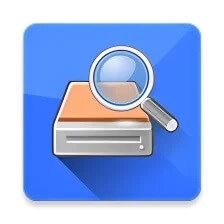
DiskDigger supports recovery of almost all file types, encompassing image formats like JPG, PNG, and GIF; video formats such as MP4, AVI, and MOV; audio formats like MP3, WAV; and document formats including TXT, DOC, and PDF.
The software has a clean and intuitive interface, enabling even novice users to quickly get started. Simply select the scanning mode and initiate the scan to begin recovering lost data.
DiskDigger offers both "Dig Deep" for rapid recovery of recently deleted files and "Dig Deeper" for retrieving data from deeper layers.
Prior to recovery, users can preview scanned files and selectively restore only what's needed.
While DiskDigger can effectively recover data in certain scenarios, its success rate varies based on device specifics and the nature of data loss, failing to guarantee a 100% recovery rate.
The free version of DiskDigger offers limited functionality, allowing only photo and video recovery and not supporting all devices.
Compared to more contemporary software, DiskDigger's interface design appears somewhat dated, detracting from the overall user experience.
DiskDigger is suitable for Android devices, Windows, and Linux operating systems. However, it does not currently support iOS users.
DiskDigger indeed empowers users to retrieve lost files, particularly photos and videos. Here are the specific steps to recover data using DiskDigger:
Step 1. Download and Install DiskDigger
Firstly, download DiskDigger from its official website or the Google Play Store and follow the prompts to install it on your Android device. If you're using Windows or Linux, download the corresponding software version for your platform.
Step 2. Choose a Scanning Mode
Upon opening DiskDigger, you'll encounter two options: "Basic scan" and "Full scan". The Full scan mode needs to root your Android phone.
Select the desired scanning mode and click either "STRAT BASIC PHOTO SCAN" or "FULL SCAN" to initiate the scanning process.
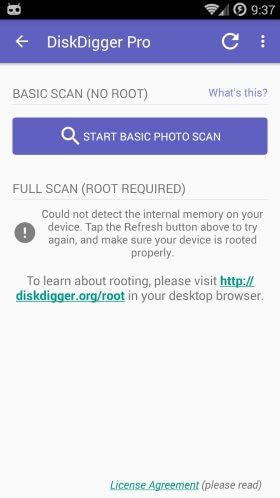
Step 3. Select the Scanning Location
On Android devices, DiskDigger automatically scans all partitions within the device's memory. For Windows or Linux users, manually select the specific partition or drive you wish to scan. Once the location is chosen, click the "Scan" button to commence scanning.
Step 4. Preview and Select Files
After scanning is complete, DiskDigger displays all recoverable files. Preview these files via thumbnails or filenames, and select the ones you wish to restore. For photos and videos, you can also view detailed file information to ensure they're the intended content.
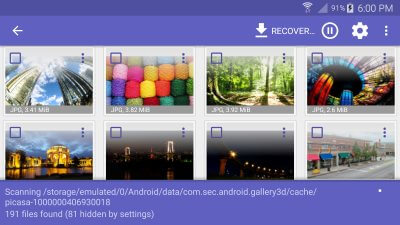
Step 5. Restore and Save Files
Upon selecting your files, click the "RECOVER" button. DiskDigger will prompt you to choose a method for saving the recovered files: Save to an app, Save to a device, and FTP upload. Once selected, click "OK" to finalize the recovery operation.
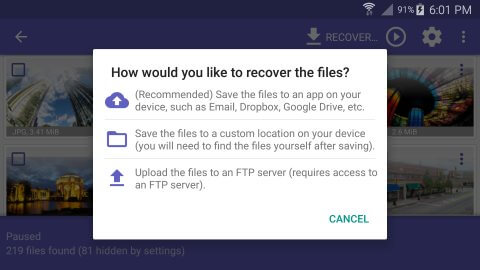
DiskDigger offers two versions: a free version and a pro version. The free version only allows to recovery of photos and videos and is only applicable to Android devices. If users need to recover other types of data or use it on the Windows system, they need to purchase the Prohe Pro version. The pro version costs $14.99 per device, providing a wider range of data recovery functions and deeper scanning modes.

What is better than DiskDigger? While DiskDigger boasts its advantages in data recovery, Coolmuster Lab.Fone for Android stands as a superior choice for those seeking a more comprehensive and powerful data recovery software. This software, also specializing in Android data recovery, supports the retrieval of various types of data from both the internal storage and external memory cards of mobile phones. Compared to DiskDigger, Coolmuster Lab.Fone for Android offers a more intuitive user interface and more detailed recovery instructions, making it suitable for users who are less tech-savvy.
Key features of Coolmuster Lab.Fone for Android
How to recover deleted Android data with Coolmuster Lab.Fone for Android?
01After downloading and installing the program on your computer, launch it.
02Use a USB cord to connect your Android phone to the computer and enable USB debugging on your Android phone. Once done, you will enter the interface below, where you can select the file types containing the files you want to recover and click "Next" to proceed.
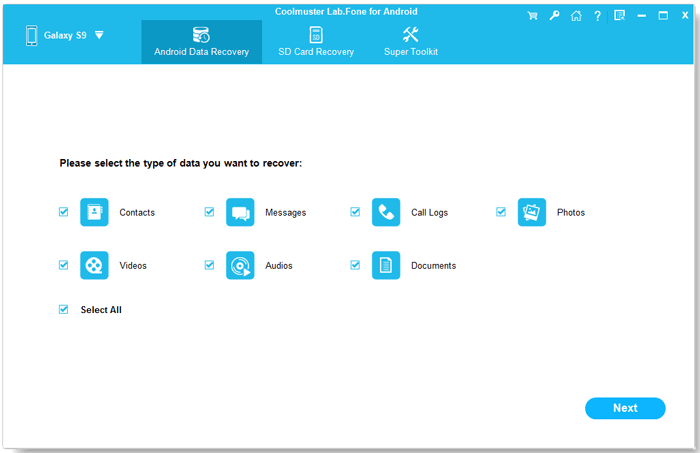
03Now, you can choose the "Quick Scan" or "Deep Scan" mode to scan your Android phone. If you want to scan all files, you must root your Android phone.
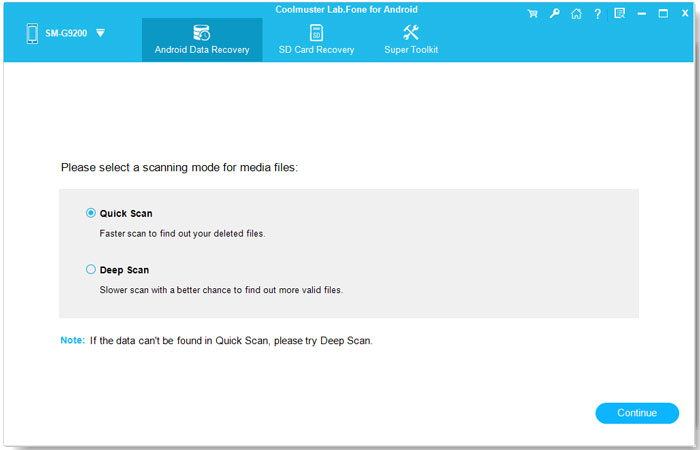
04After scanning, all existing and lost files will be collected in the corresponding categories on the left. Mark the data you wish to restore and hit the "Recover" button to save them to your computer with one click. If necessary, turn on the "Only display the deleted item(s)" button to view deleted files only.
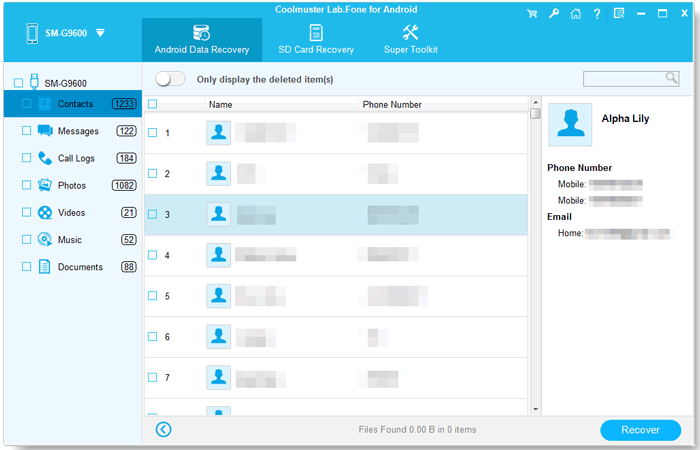
Video Guide
In general, DiskDigger is a practical and basic data recovery tool, suitable for users who need to quickly recover photos and videos. However, for those who require more comprehensive recovery functions, especially when dealing with important data, Coolmuster Lab.Fone for Android is undoubtedly a better choice. If you have any questions or better insights on this topic, please feel free to leave a message below.
Related Articles:
How to Recover Deleted Files on Your Android [100% Workable]
Ultimate Guide on How to Recover Deleted Camera Photos from Android
Top 11 Phone Memory Recovery for Android Software You Should Know





